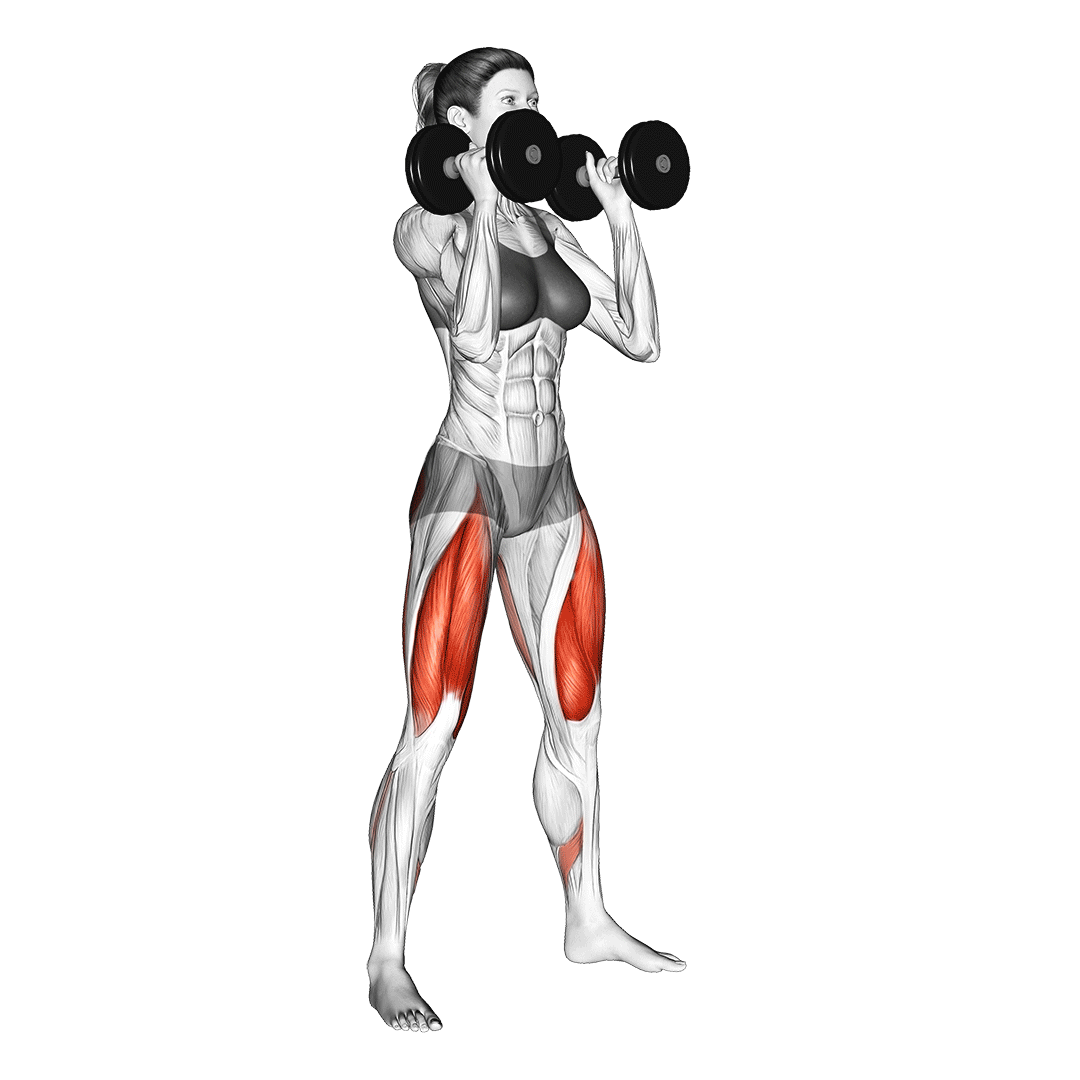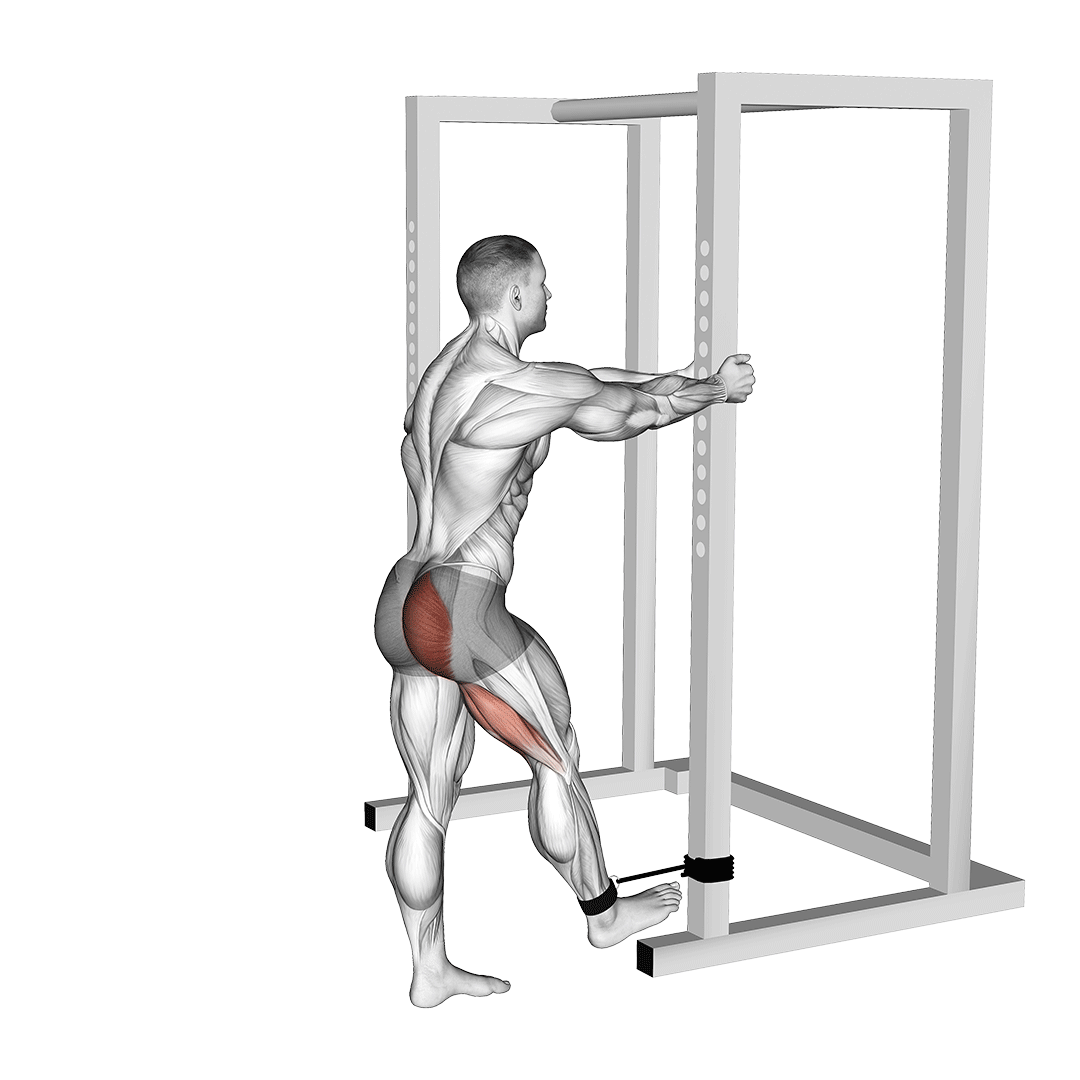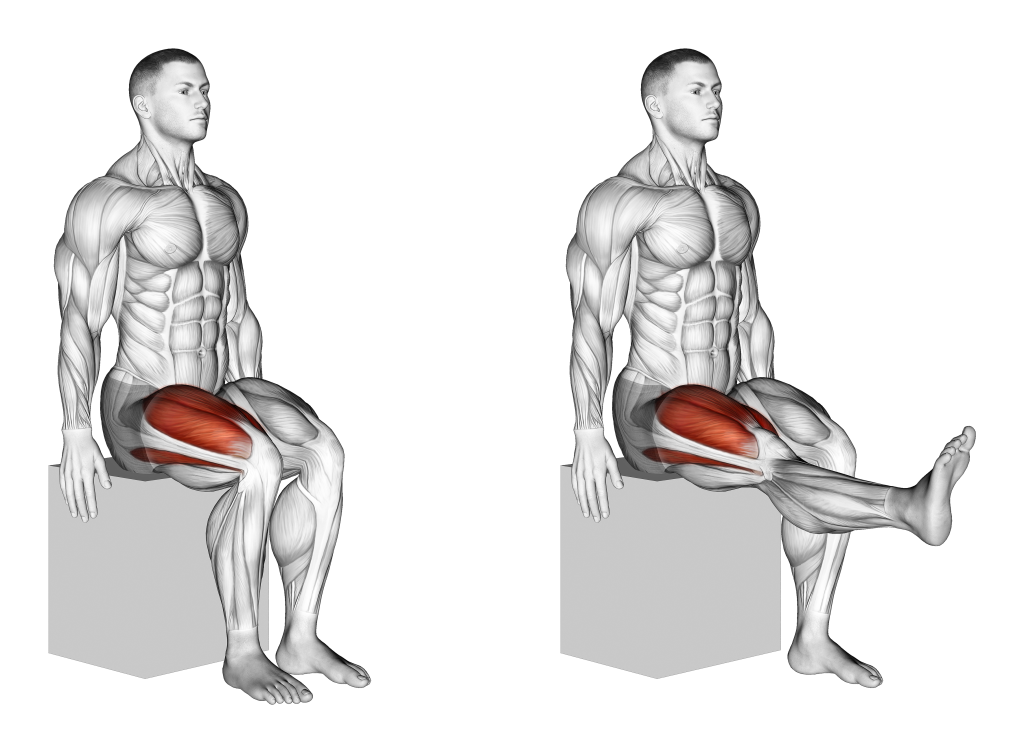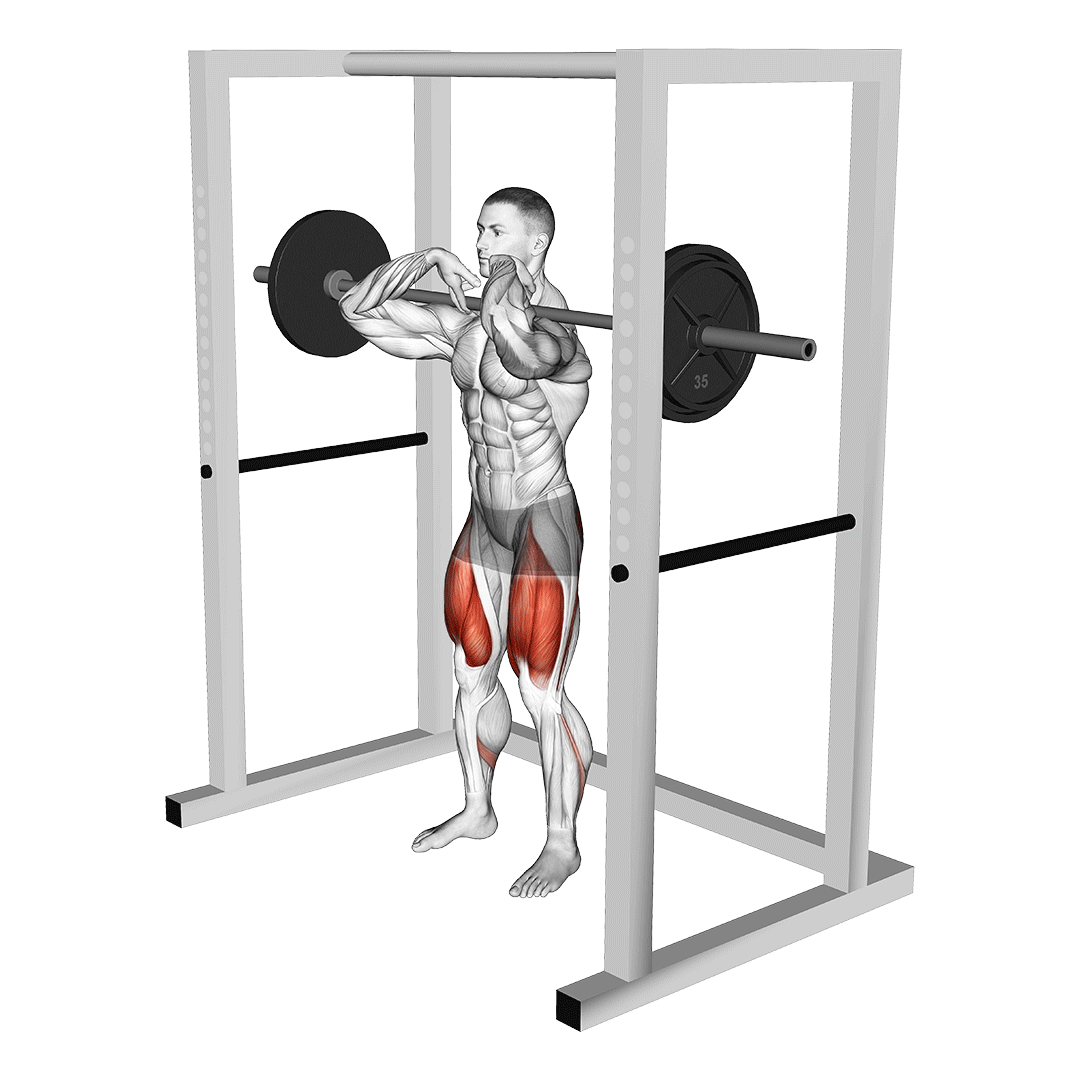What are the Benefits of Doing Dumbbell Front Squats?
Dumbbell front squats are considerably safer than conventional dumbbell squats, but will require greater flexibility and familiarity with maintaining a vertical torso.
Apart from its more systemic health related benefits, the dumbbell front squat also offers quite a number of advantages related to leg strength, comparative spine safety and equipment requirements.
Avoid performing front squats if you have a history of knee, ankle or hip injuries. Get approval from a medical professional beforehand
Benefits of Dumbbell Squats
Excellent for Building the Lower Body’s Musculature
Practically all variations of squat are considered effective for developing mass and strength in the lower body’s major muscle groups.

The front squat is no different in this regard, where regular performance will undoubtedly build large and powerful glutes, hamstrings and quadriceps over time.
However, in comparison to other squat variants, the dumbbell front squat excels when it comes to developing the quads, as they are worked to a greater range and intensity than in most other variations.
In short, the dumbbell front squat is a solid glute and hamstring builder, but truly shines when it comes to quadriceps development.
To optimize how well your lower body responds to dumbbell front squats, ensure you are consuming a sufficient amount of protein, are in a caloric surplus and are following a properly planned training routine.
Reinforces Knee and Hip Extension
Because the front squat strengthens the glutes and quadriceps muscles, their subsequent biomechanical functions are refined as well.
Among other biomechanics, the two muscle groups are responsible for extension of the hips and extension of the knees.

Hip and knee extension are absolutely vital for general locomotion of the lower body, and are utilized in activities ranging from simple walking to complex activities like performing a deadlift or climbing a mountain.

Over time, the front squat’s capacity to strengthen not only the muscles, but also the bones and tendons of these joints will result in far more stable, powerful and mobile biomechanical activity.
Low Equipment Requirements
Unlike other front squat variations where a barbell, weight plates or even a barbell rack are required - the dumbbell front squat only requires a pair of dumbbells at most.

This can be a boon for home gym owners or individuals with a limited selection of training equipment, as it allows them to still achieve a solid lower body workout without the need for expensive or bulky training equipment.
Easier on the Lower Back and Spine
Front squats are often chosen as a more spine-friendly alternative over back squats, as the lack of load atop the trapezius distributes pressure more advantageously throughout the entire body.
Apart from better weight distribution, the overall more vertical trunk angle allowed by the dumbbell front squat also means that the lifter is less likely to injure their lower back through excessive trunk flexion at the waist.
Of course, remember to first speak to a medical professional prior to performing front squats as an injury substitute. Even if they are safer for the back, it does not necessarily mean that the exercise is entirely free of risk.
References
1. Gullett, Jonathan C et al. “A biomechanical comparison of back and front squats in healthy trained individuals.” Journal of strength and conditioning research vol. 23,1 (2009): 284-92. doi:10.1519/JSC.0b013e31818546bb
2. Bautista D, Durke D, Cotter JA, Escobar KA, Schick EE. A Comparison of Muscle Activation Among the Front Squat, Overhead Squat, Back Extension and Plank. Int J Exerc Sci. 2020 May 1;13(1):714-722. PMID: 32509107; PMCID: PMC7241624.
